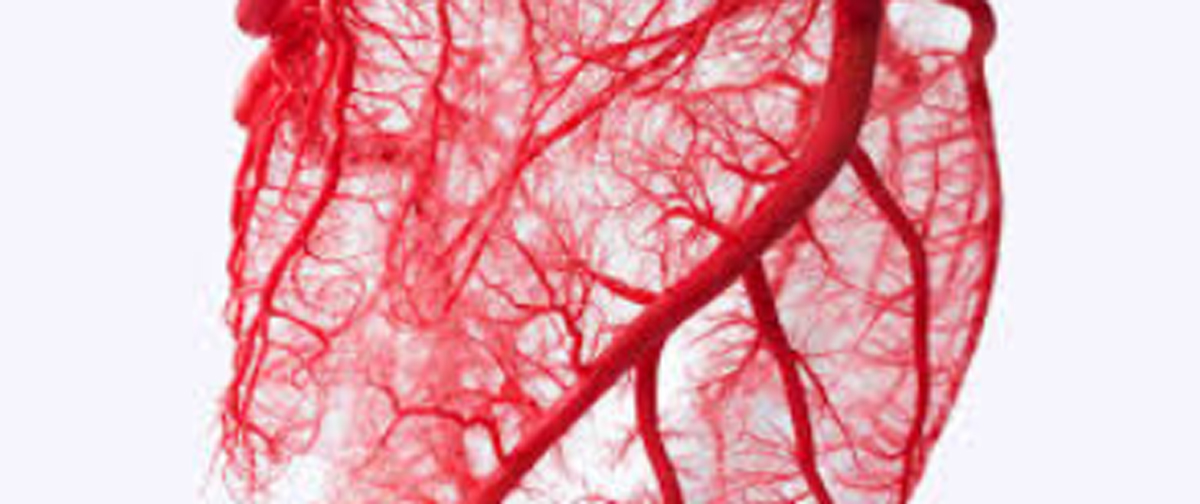
Blood Vessels
There are five kinds of blood vessels: the blood vessels, which take the blood vessels from the center; the arterioles; the electrons, in which the flow of chemicals and water between the bloodstream along with the cells happens; the venules; along with also the veins, which take blood vessels in the capillaries back to the center.
Which are the 3 major forms of arteries?
There are 3 Major Kinds of arteries: This huge system of blood vessels — arteries, veins, and capillaries — is over 61,000 miles long. That is long enough to move around the planet over double! Blood flows regularly through your own body’s blood vessels. The heart is the pump which makes everything possible. Arteries carry away blood from your heart to everyone the body’s cells. The division a few times, getting smaller and smaller because they take blood further from the center and to organs. These are little, thin blood vessels that connect the arteries and the veins.
Their thin walls enable oxygen, carbon dioxide, along with other waste products to pass to and out of cells. These are arteries that take blood into the center; this blood contains less oxygen and also is full of waste products which should be excreted or removed from the entire body. Veins become bigger as they get nearer to the center. The superior vena cava is the large vein that brings blood from the arms and head into the center, along with the inferior vena cava brings blood in the stomach and legs to the center.
